What Is Automation?
It refers to the formation and implementation of technology to observe and control the generating and transporting of products and services. Automation is the formation and implementation of technologies to build and transport goods and services with minimum human intervention.
Example Of Automation
Automation In The home
It utilizes a composite of hardware and software technologies that allows control and management over gadgets and devices inside the home.
Automation In Network
It is the process of automating the arrangement, organization, and operations of a computer network.
Automation In A workplace
It includes utilizing computers and software to initialize, save, proceed, and communicate most works and procedures in a standard office.
Website Testing Should Be Automated
Simplification website testing parameters for structural changes that occur in the duration of the development stage.
Automation Data Center
It allows the bulk of the data centre performances to proceed by the software programs. It involves automation system performance, which is known as light-out operations.
Automation Of testing
Software code moves through quality assurance (QA) testing automatically by hand and other automation appliances.
How Does Automation Work
The process of automation is utilizing the technology to automate complex business processes. It has three functions: automation processes, centralizing information, and reducing the need for input from people. It is created to remove bottlenecks, reduce flaws and loss of data, all duration of maximizing transparency, communication over the departments, and speed of proceeding.
Why Automation Is Important
- It improves the quality of automation to ensure high-quality results because each duty is executed individually, without human issues.
- It reduces the factory lead times.
- Automation can help to enhance safety.
- Automation can diminish workweeks for labour.
- It helps streamline processes.
1. Control Statement
The absence of control structures such as loops and conditional clauses was one of the fundamental drawbacks of early record-and-playback tools. An outline author who needed to repeat an action ten times would need to record that action ten times and keep track of each action separately. In the coded automation structure, the tester uses loops and if-else clauses to regulate the flow of flaws. This is a mandatory requirement for codeless solutions if the project is expandable.

2. Easy Assertions
It is relatively simple to record an event. When a user engages with an application, the tool captures those actions. However, when a user checks the activities, a web action is not involved. This is something you do with your eyes. The procedure of adding assertions should be as easy as adding the exploration steps. It is most the important part of the test script and it should be great a consideration of this feature.
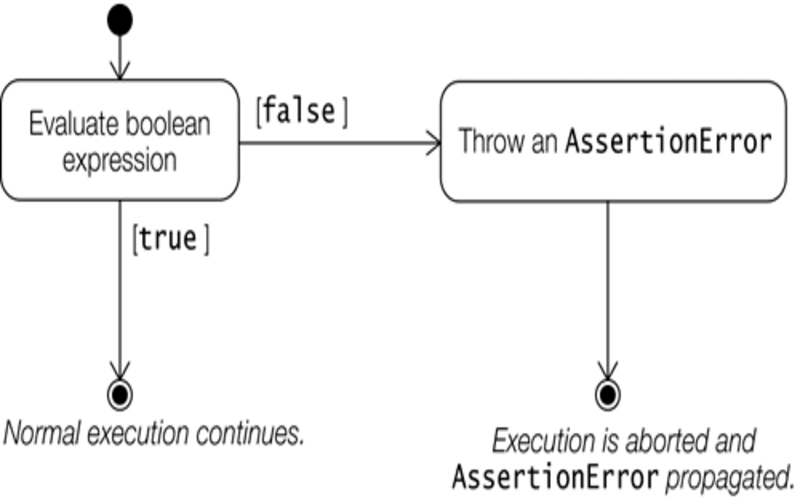
3. Modification Without Redo
Early recording and playback tools disable the authors to easily edit recorded summaries. If the flow of the scenario changed and then insert a new action in the middle of the situation, and you had recorded the whole scenario. The software under test evolves, and so must the test procedures. This may require adding or removing phases from a flow, as well as slightly altering existing ones. Codeless automation technologies must acknowledge this as a fact and make it as simple as possible to do it.
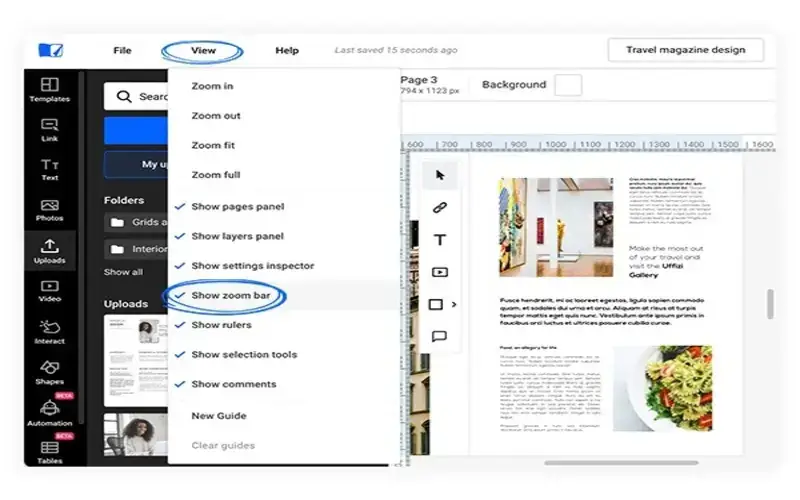
4. Steps Reusable
Logging into an application that most tests must do. Recording this movement in each result to record this activity in each of those tests is what causes maintenance nightmares. If something changes with the admin step, the software tester would be required to update every test that holds this. Codeless tools should enable authors to record general steps that they insert into any test flow. It saves time promotes reusability and makes maintenance much easier. The tools should support the use of adaptable inside tests to enable for reutilization of the state between the steps.
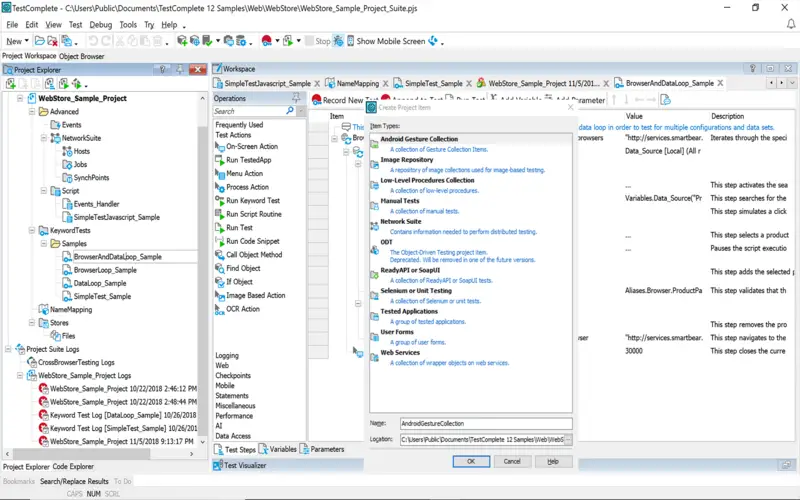
5. Reporting
For test automation, we should require reporting, mainly when testers are performing thousands of tests. Any errors should not need repeating or significant debugging. A report generated automatically with details on what happened, screenshots, and possibly a video of the recording would be quite useful.
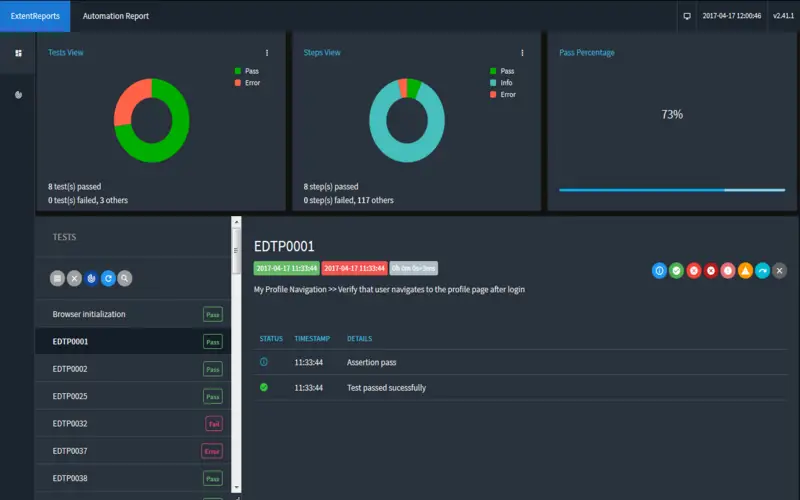
6. Continuous Integration
Early record and playback tools require testers to click a button inside the tool to perform their tests. Test automation is a key component in continuous integration and deployment. The test should combine with such pipelines and spontaneously perform when moved. For faster execution times, tests must be capable of running in parallel as well.
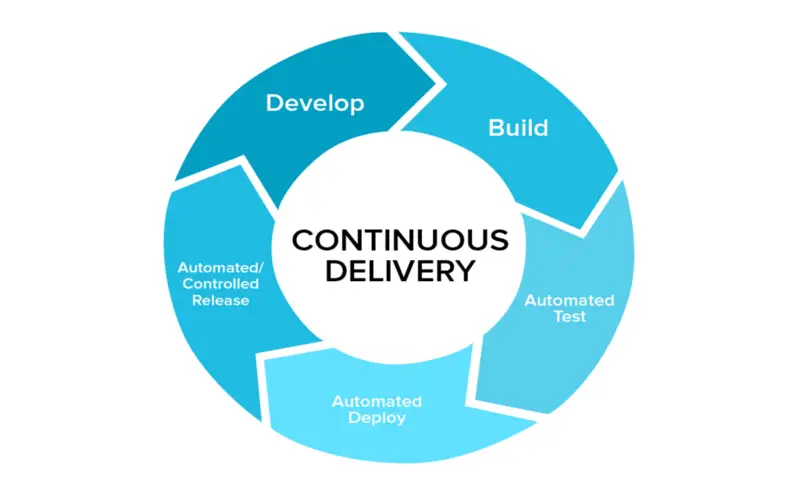
7. Control Flow
Control flow is a term that refers to the order in which movements are performed and control flow is an automation project with the help of order, decision-making, loops, and flowcharts. The flow of control is blocks of code we produce to manage the direction we take through the code. It is general in programs to take a distinct direction method on some data. If the username and password are rational.
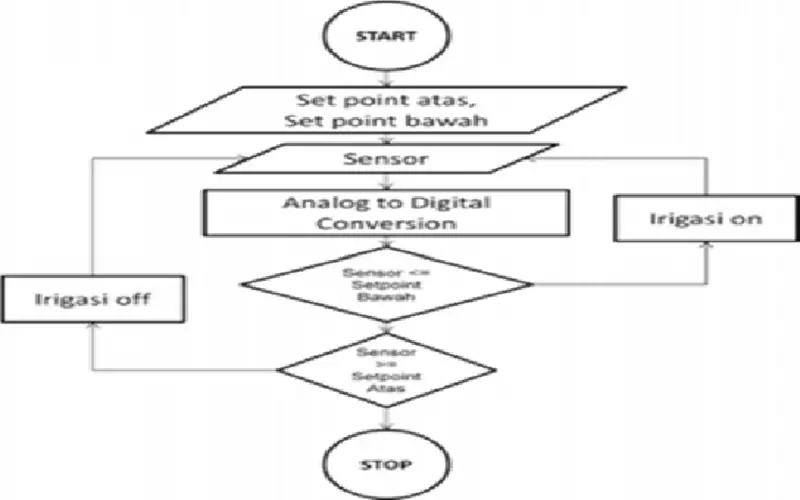
8. Cross-browser Support
Test automation tools come in the form of browser expansions. Browser expansion is usually bound to certain browsers. The software that companies create that there is no limit to certain browsers. The test required to cross multiple browsers and gadgets. Testing the same event in multiple browsers can be difficult for code authors because there are many possibilities inside an application that must be thoroughly evaluated. A good test automation tool that must enable test authors to use the tests on various browsers.
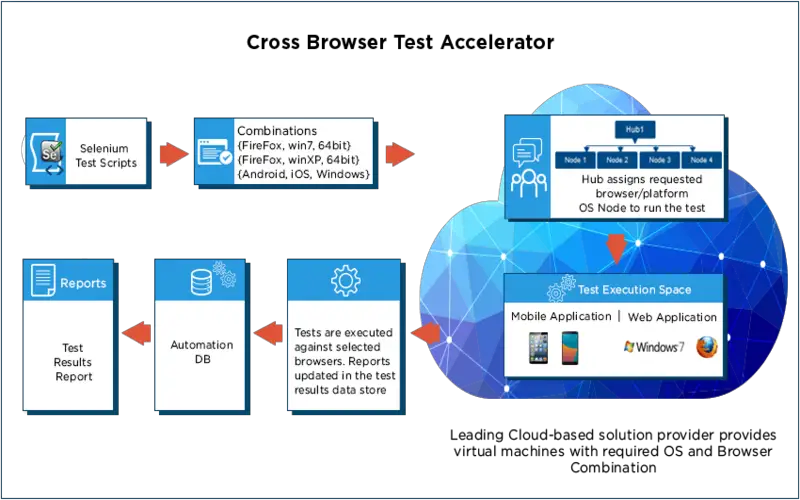
9. Reversible Steps
Many schemas have the same steps. It helps to manage since every time there are changes in the used step, the author will be required to update every test that it includes. The test automation software must enable the script authors to save some general steps and insert them into any test flow. And when anything changes in the test step.
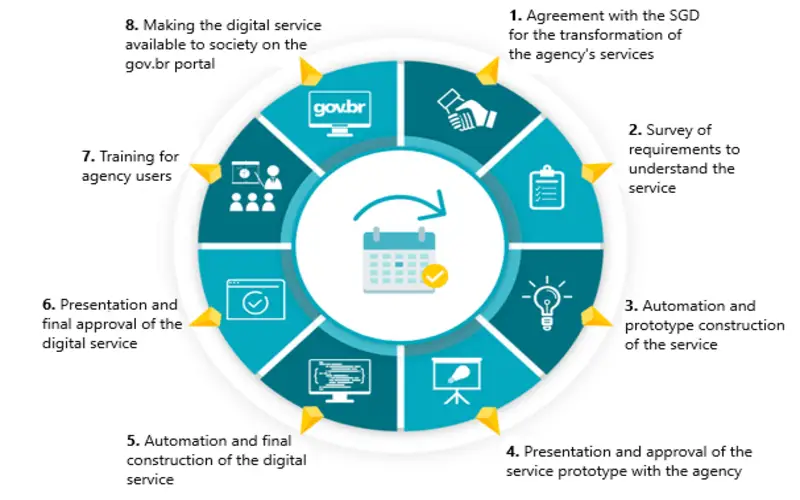
10. The Ability To Insert Code
There is no codeless technology that can include everything possible. As a result, test authors should be able to allow testers to insert code for certain rare situations within the tests. Don’t limit this to UI-specific code, such as JavaScript, for extra points. Many teams are considering models like the Test Automation Pyramid and performing certain operations as web services rather than UI actions. This will result in faster and more reliable test scripts.



















